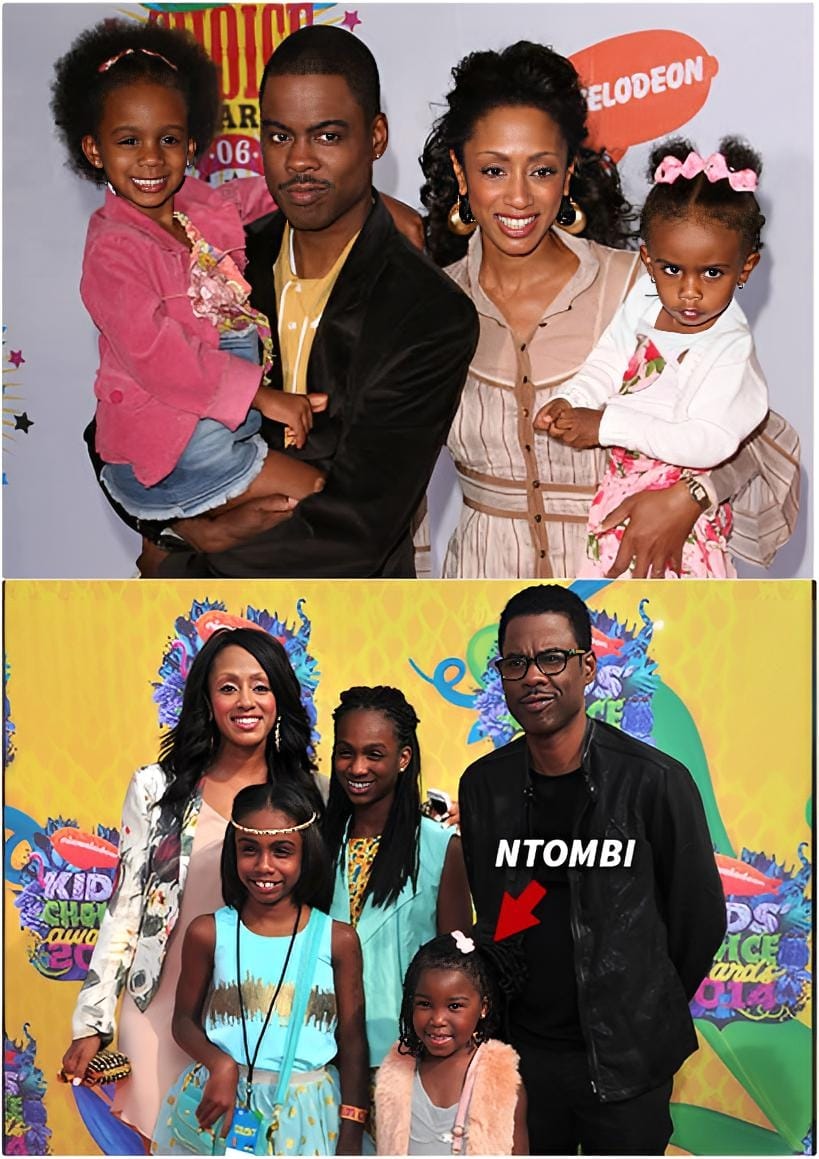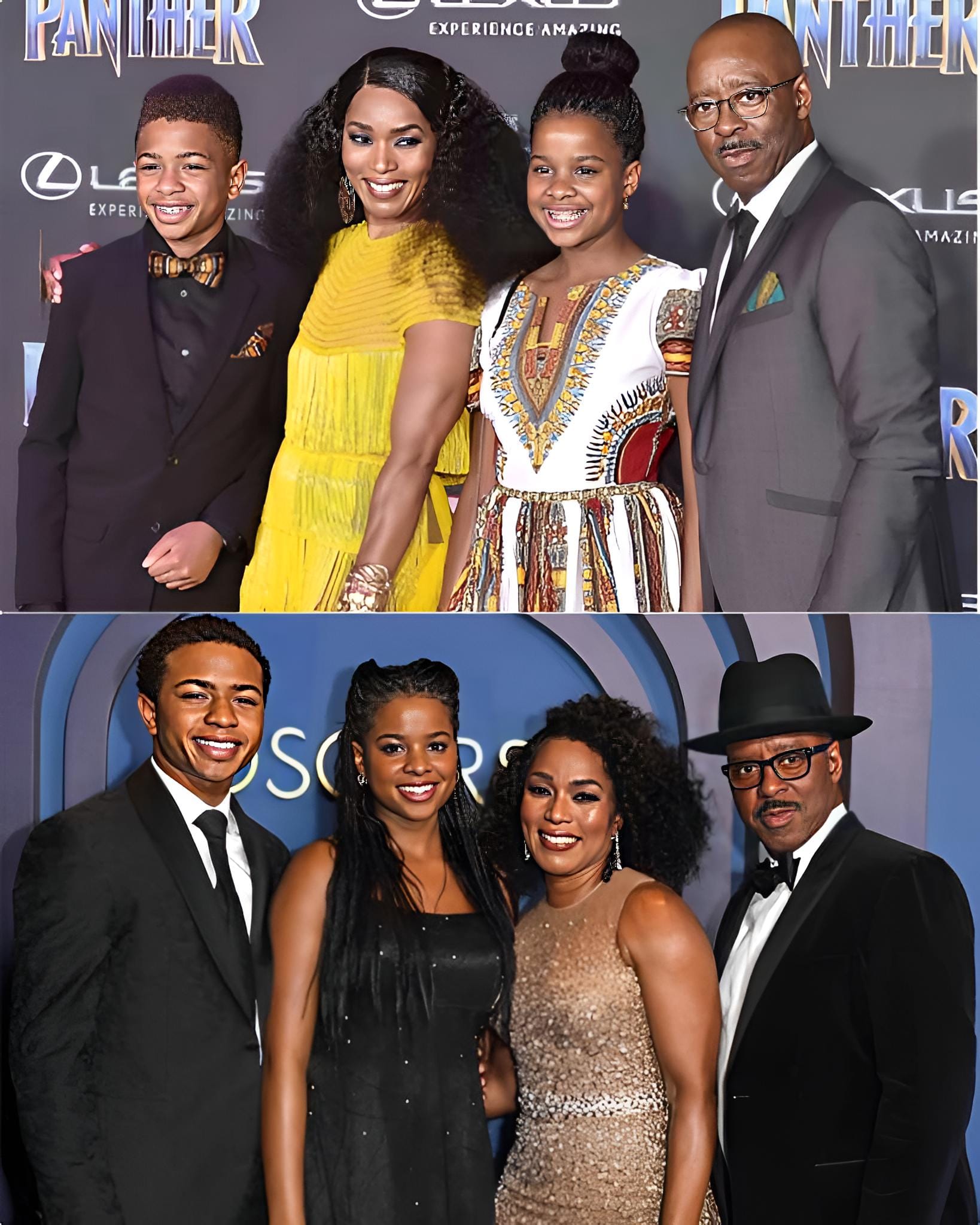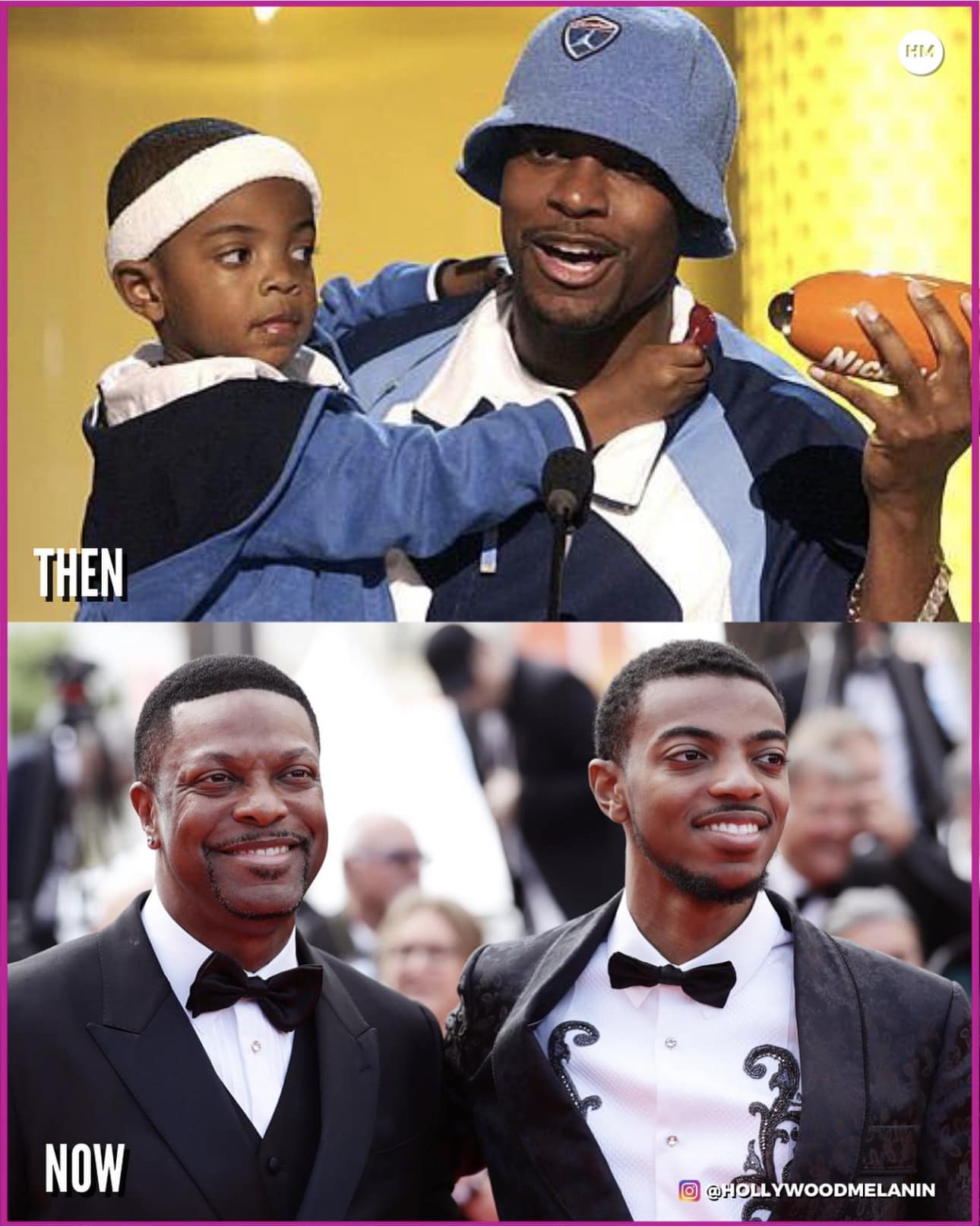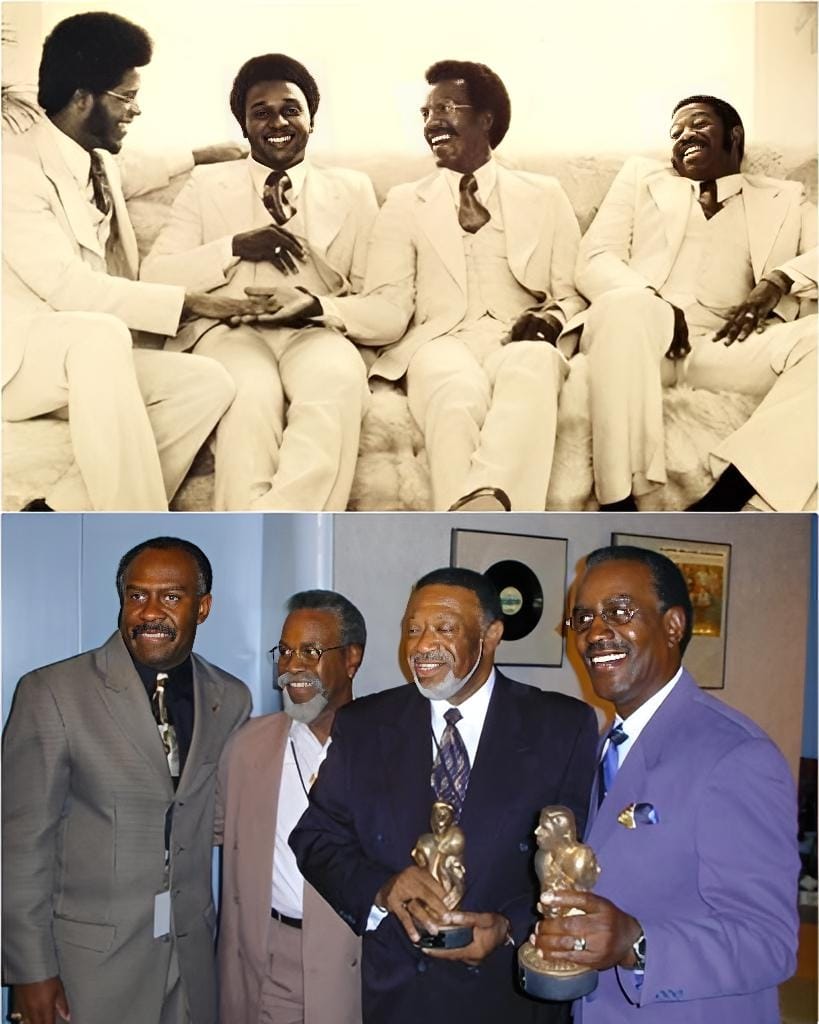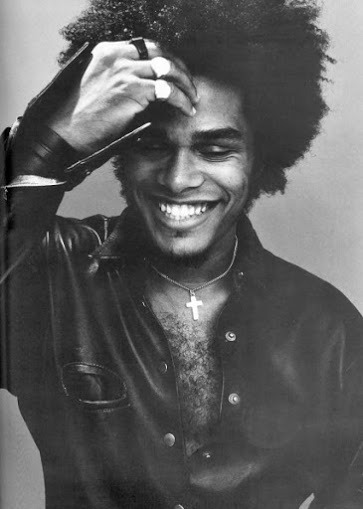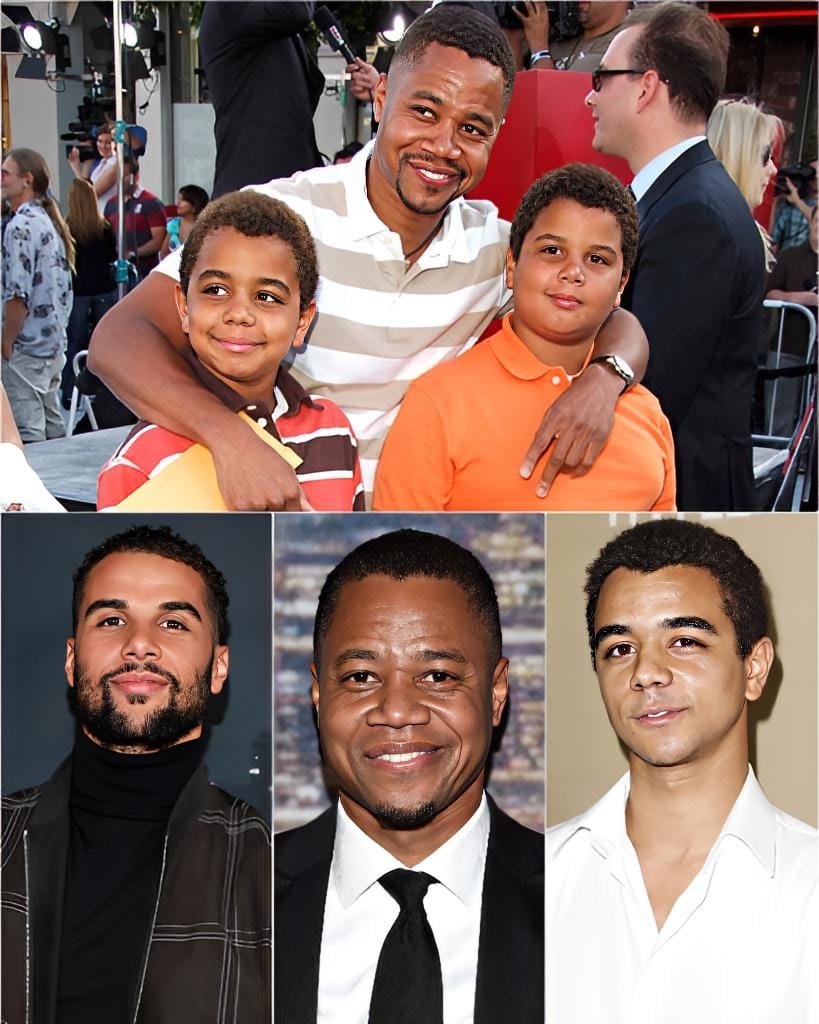Paula Newsome holds many “first” titles, including being the first Black woman to open her own optometry practice in North Carolina.
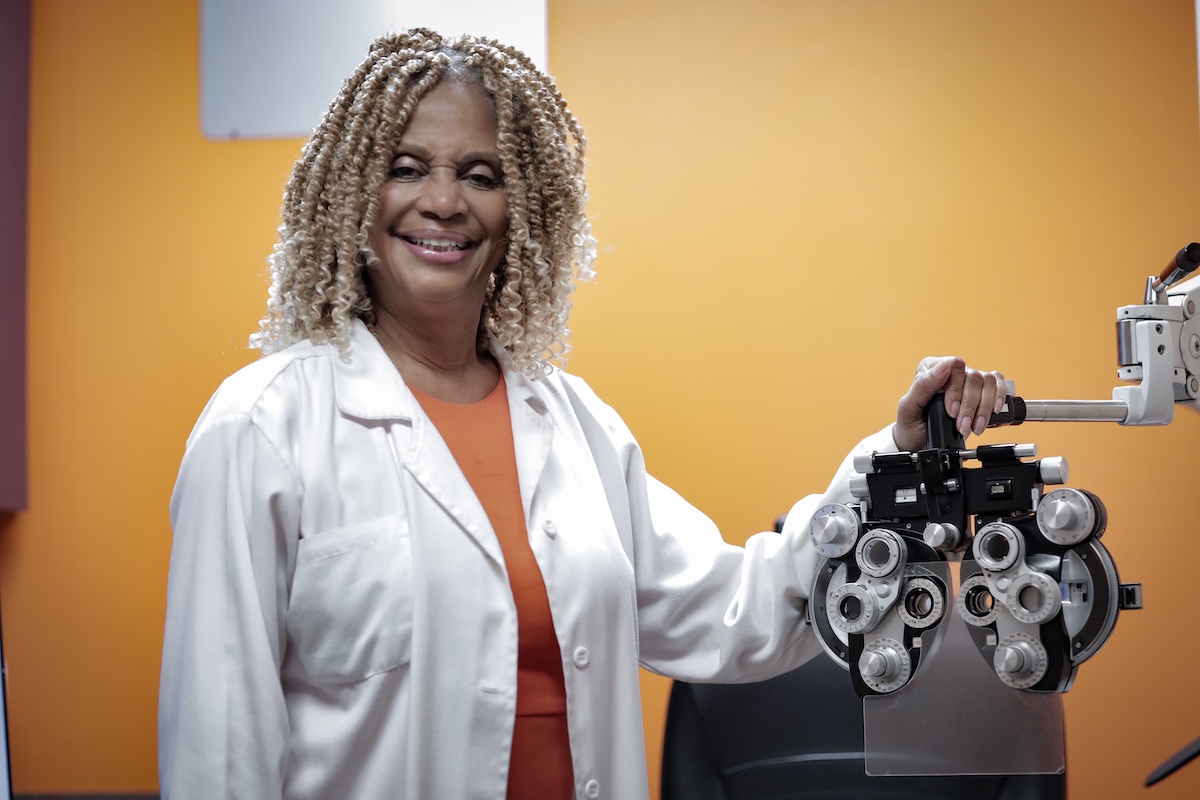
She became the second Black woman to become an optometrist in the state and was the first Black woman in history to become a Fellow of the American Academy of Optometry.
Though Newsome has succeeded in her career, she says she has overcome many obstacles related to her race and gender in the profession.
Now 67, Newsome owns Advantage Vision Center, a private optometry practice that has operated in Uptown Charlotte since 2003, where she treats thousands of patients each year.
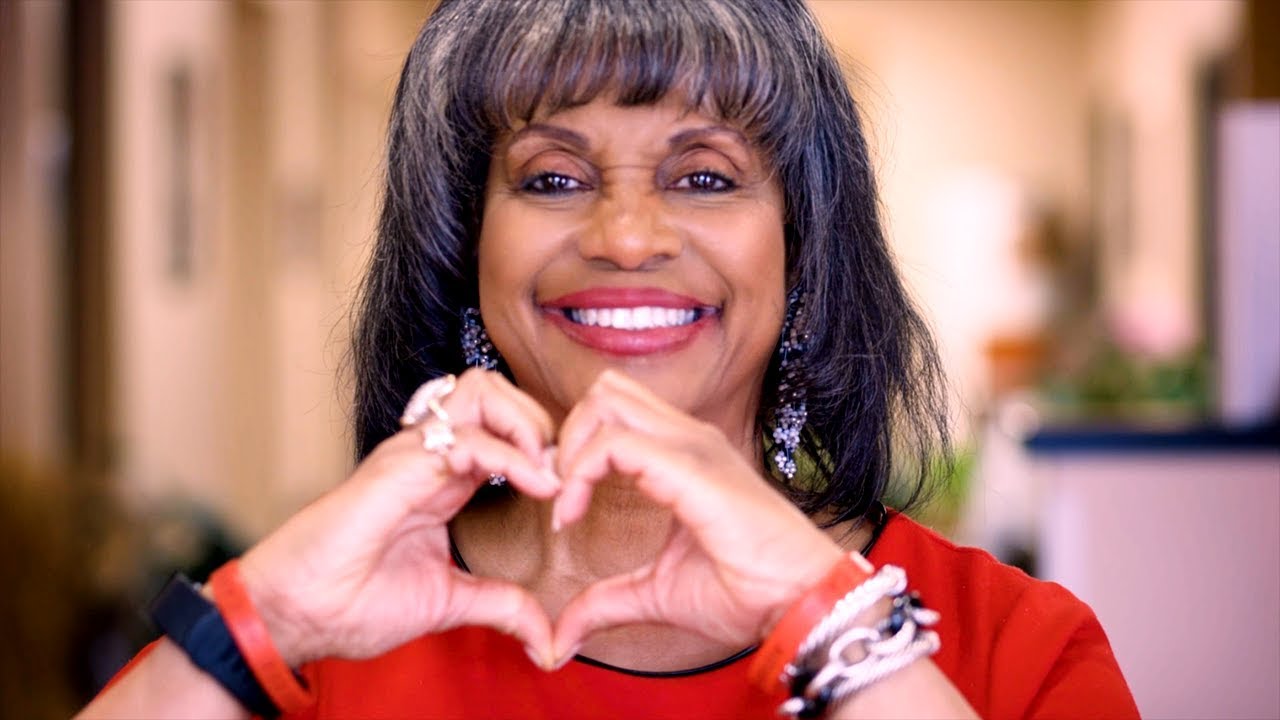
Early life
Newsome grew up in Wilmington, N.C. during the 1960s. Both of her parents were educators — her mother taught social studies and language arts at Williston Junior High and her father taught drafting and electricity at Williston Senior College.
Her parents, Newsome recalled, always encouraged her in whatever she did.
Newsome remembers sitting at the dinner table with her parents and often talking about how their day went. During one of these conversations, her parents asked if she wanted to attend an integrated school and she told them “yes.”
When Newsome was in fifth grade, she began attending the recently desegregated Chestnut Elementary School.
“I was in the second class that went to an integrated elementary school,” Newsome told QCity Metro. “I was called the N word; I was spat on; I was kicked.”
Newsome said these slurs, however, did not stop her as she was at the top of her class. She attributes that drive to her parents who pushed her to be the best she could be.
When Newsome was 15, she attended a governor’s school, an eight-week summer program, where she learned “how to think critically, how to use deductive reasoning and other enriching s𝓀𝒾𝓁𝓁s.”
As a senior in high school, Newsome recalled, she had an eye exam and became fascinated with optometrics.
“At the end of the examination as it is pretty freakin’ cool,” Newsome said. “So I went home, and I wrote [a letter to] the American Optometric Association and said ‘Tell me more about this.’ Of course I didn’t see anybody that looked like me doing this, so I said ‘Yeah this is what I’m going to do.”
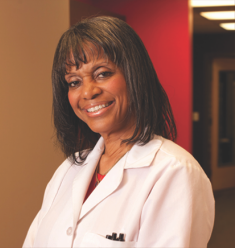
College days
Newsome entered into her freshman year at UNC Chapel Hill in 1973.
There, she said her advisors had already labeled what kind of student she would be.
Newsome said her advisors’ “estimations” were that she would finish her first semester with a grade point average around 2.8 because she was a Black female.
But Newsome had always been at the top of her class, so she felt their estimations were incorrect.
“I’ve never been a C student, what are you talking about?,” Newsome chuckled. “[But] my first semester there, I played cards, I had a boyfriend and I had never had a boyfriend in my life.I hung out in the union; I did all kinds of stuff.”
Because of these habits, Newsome averaged just what her advisors had predicted. Not too long after, Newsome’s boyfriend was 𝓀𝒾𝓁𝓁ed in a car accident.
Newsome said she coped with the accident by refocusing on her schoolwork and her job. The following semester, her grade point average was 3.8.
In 1977, she graduated with a degree in Biology.
The following semester, Newsome enrolled at University of Alabama School of Optometry.
There, she remembers being in class for nine hours each day and spending four additional hours in the library studying.
“This was a whole new language; a whole new field,” Newsome said. “When I went to the University of Alabama, not one Black student had graduated in four years — male or female — but I was not going to be there past four years.”
Beyond the intense amount of studying, Newsome also said experienced racism and 𝓈ℯ𝓍ism on her journey to finishing school.
In her neuroanatomy class, a professor inappropriately joked about the “substantia nigra,” a portion of your brain that helps control movement, and said a phrase about the “substantia n***er,” Newsome recalled.
Newsome responded by telling the university’s dean of students saying that she was not paying to go to school to be insulted. The same professor was later fired from his position.
In another instance, a professor told the women in her class that the women were only attending the university to find a husband.
Despite the obstacles, she persevered.
Newsome graduated in 1981 with a Doctorate of Optometry as well as a master’s in Physiological Optics.
Forging her own path
After graduating, Newsome enrolled in a residency program at The Eye Institute in Phildelphia where she was the first Black resident to join the program. She was also seeing patients.
“They were used to Black people as patients. They were used to Black people as interns; They never had any Black residents,” Newsome said.
Newsome shared that her status as a colleauge resulted in “more racism.”
She recalled a time there when a white colleague was ill and missed work for a month.
Newsome, on the other hand, became sick and despite her willingness to continue working, was told by members on her team that she was “being lazy.”
By this point, Newsome said she began to understand that her negative experiences were largely because of her race and gender.
She stayed at the institute for a year and a half before moving to Missouri in 1982, where she became a professor at The University of Missouri-St. Louis and taught optometry courses.
“My mother and father were educators. I had grown up around education, and I didn’t have but one [Black] professor the entire time I was in optometry school,” Newsome said about her reason for deciding to teach
Newsome said the lack of Black educators in the profession was an issue that she wanted to fix.
She went on to teach for one year before deciding to move.
Although she loved teaching, the guy she was dating at the time lived in North Carolina and gave her an ultimatum: Move there or break up.
So Newsome packed her bags and moved to Charlotte in 1984.
Once she was in the Queen City, she had trouble securing a job in optometry, despite her experience.
At one practice, Newsome recalled, she almost had an offer until the employer saw that she was Black.
“[The employer] said ‘Ooh, Dr. Newsome, your credentials are so impressive. We want to talk to you,’” she said. “Paula does not sound Black and neither does UNC, UAB or The Eye Institute. So he thought I was white [and] when he saw me, he told me ‘Oh, we don’t have any jobs here.”
In her opinon, the experience helped more than it hurt: Newsome was motivated to open her own practice.
Becoming the first Black woman to practice privately in NC
Newsome opened her own practice March 17, 1984 at 1028 W. 5th Street. She spread the news of her opening by handing out business cards and flyers, and by sending out mailers.
Newsome marketed herself, she said, as “North Carolina’s first African American female to practice.”
The man Newsome was dating and had relocated for was an accountant and was intially going to help with the “business aspect” of the practice so Newsome could focus on seeing patients.
However, the relationship ended and Newsome was forced to learn the business side on her own.
She did this by enrolling in business courses at Central Piedmont Community College.
Newsome’s practice operated at the W. 5th Street location for four years before her landlord increased the rent, causing her to find a new space.
She purchased a building in Dilworth and moved the practice there where it remained for five years. Then, in 2003, she moved to a space on S. Church Street where her practice is still located today.
Today, Newsome sees about 25,000 patients annually, as stated on her website.
Her current staff is totally comprised of women, which Newsome said is intentional.
“God has blessed me. I walk in my purpose, [and] I want to treat people with dignity, respect, love and compassion. I’m grateful to be here,” Newsome said. “With God as your partner, you cannot fail. So, you know, if you don’t have a partner, maybe it’s a little bit more difficult, but I got a partner.”
Newsome now spends her time mentoring upcoming optometrists, lecturing and educating people about their health.
